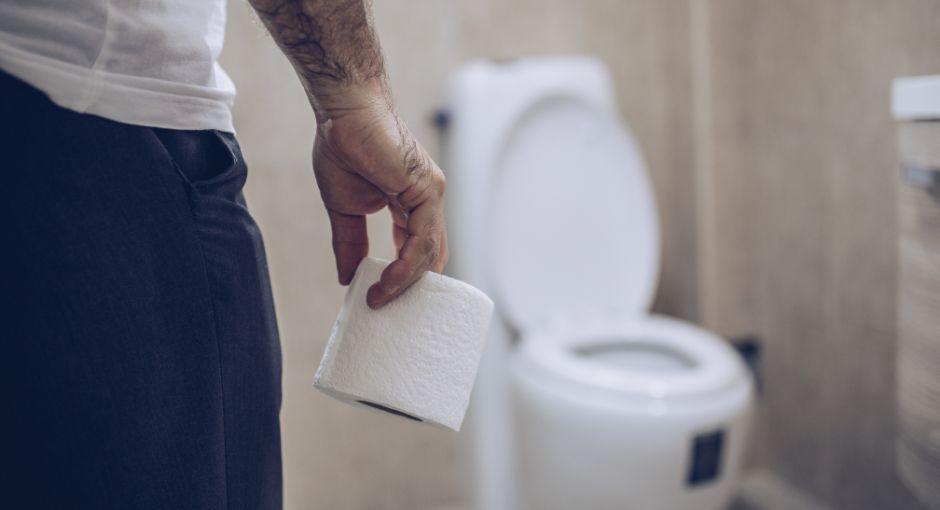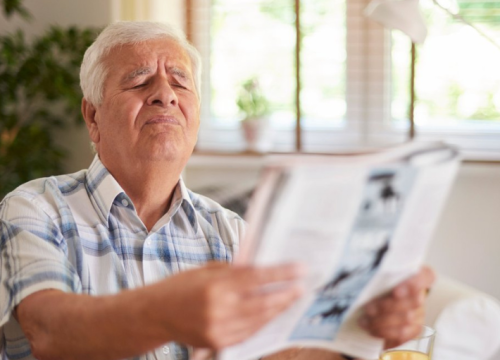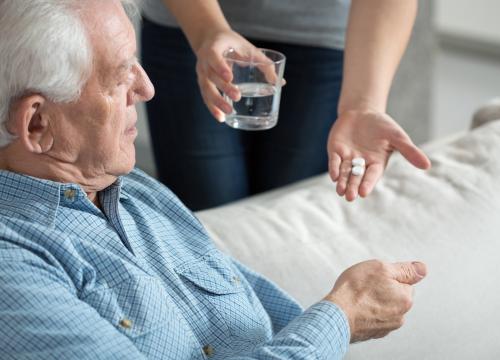Bladder Issues & Incontinence
💡 Quick Summary
-
Bladder problems are common in Parkinson’s disease due to changes in brain signaling that affect bladder control, often leading to urgency, frequency, nocturia or difficulty emptying.
-
Diagnosis and treatment involve ruling out other causes and may include support from urologists, urogynecologists, pelvic floor therapists, or dietitians to strengthen muscles, optimize hydration and adjust PD or bladder medications.
-
Bowel and urinary incontinence can also occur in PD.
-
Can be managed through lifestyle adjustments, medications, and professional care.

Bladder (or urinary) problems are common in Parkinson's disease (PD) and can affect quality of life. PD-related changes often cause these symptoms as well as other health issues common with aging or childbirth. With careful diagnosis and treatment — including adjusting daily habits, exercises, medications and sometimes procedures — many people can manage symptoms effectively with the help of their healthcare team.
How the Bladder Works
The bladder stores urine until it is full. Normally, this process happens automatically without much thought. When the time is right, the brain signals the bladder muscles to tighten and the sphincter muscles to relax, allowing urine to flow out. The sphincter muscles act like a valve to keep urine from slipping out at other times. When this system works well, people can control when they urinate.
How Parkinson's Affects the Bladder
Parkinson’s leads to the gradual loss of brain cells that produce dopamine — a chemical that helps control movement and automatic body functions, including bladder control. As Parkinson’s progresses, other chemical changes in the brain and nervous system — beyond dopamine — may also affect bladder function.
Common Bladder Problems in Parkinson's
Bladder issues in Parkinson's vary but often include urgency, frequency and difficulty emptying. The most common types are:
How Bladder Problems Are Diagnosed
Diagnosing bladder issues in Parkinson’s can be tricky because symptoms may be caused by more than one issue — such as aging, medication effects, prostate problems or pelvic floor weakness. Also, people commonly feel overwhelmed or too embarrassed to bring up the topic to their doctor. However, it is important to find the cause, learn about treatment options and make choices based on what matters most to you.
Who Can Help with Bladder Problems
Your primary care doctor or neurologist is often the first stop when bladder symptoms appear. They can:
-
Rule out common medical issues.
-
Review medications that may affect the bladder.
-
Adjust PD medications if timing or "off" periods are contributing.
-
Refer a specialist.
Other professionals who may help include:
-
Urologist: Experts in urinary tract and bladder problems
-
Urogynecologist: Specialists in bladder and pelvic floor issues in women
-
Pelvic floor physical therapist: Help strengthen muscles to improve bladder control
-
Dietitian: Offer guidance on nutrition, fiber intake and hydration strategies to support bladder function and reduce constipation
Steps to Diagnose Bladder Problems
Your care team will work with you to understand what is causing your symptoms. Some steps are routine, while others may be used depending on your needs:
Urinary Tract Infections
People with PD are at higher risk for urinary tract infections (UTIs), especially if the bladder does not empty completely. While some UTI symptoms are easy to recognize, others may be more difficult to spot and can sometimes be mistaken for changes in PD. In older adults, confusion or hallucinations may be the only signs of infection.
If left untreated, UTIs can cause serious problems like kidney infections or severe confusion that sometimes require hospital care. If you or your loved one are hospitalized with Parkinson’s, use the Hospital Safety Guide to help advocate for the best possible care.
Treatment Options for Bladder Issues
Many approaches can help manage bladder problems in Parkinson's. Treatment will depend on your symptoms and goals.
Bowel Incontinence in Parkinson’s
While less common than bladder issues, some people with PD also experience bowel incontinence: accidental leakage of stool.
What Causes It?
-
Muscle changes: Parkinson’s can weaken the muscles that control bowel movements.
-
Constipation: Hard, impacted stool may lead to leakage of softer stool around the blockage.
-
Brain-bowel signaling issues: PD can impair the brain’s ability to sense or control bowel movements.
What Can Help?
-
Manage constipation: Eat more fiber, drink plenty of water and stay active.
-
Pelvic Floor Therapy: A pelvic floor physical therapist can help improve muscle function and control.
-
Medications: Stool softeners or laxatives may help regulate bowel movements.
-
Incontinence products: Pads and garments designed for bowel leakage can help maintain comfort and confidence.
Talk with your care team if you’re experiencing bowel symptoms — support and treatment options are available.
Next Steps
Bladder symptoms may feel private, but you are not alone. Together, you and your healthcare team can find strategies that work for you. Managing bladder symptoms is possible, and many people improve their quality of life with the right support.
Page reviewed by Dr. Ankita Gupta, MD, MPH, FACOG, Associate Fellowship Director, Female Pelvic Medicine & Reconstructive Surgery at University of Louisville Health and Dr. Abhimanyu Mahajan, MD, MHS, Movement Disorders Neurologist at University of Cincinnati.
Related Materials
Urinary Problems in Parkinson's Disease
Exploring Non-Motor Symptoms: Neuropathy, Fatigue, GI Issues
Expert Briefing: Non-motor Symptoms: What’s New?
Related Blog Posts

What's Hot in PD? Short and Long-Term Problems with Anticholinergic Drugs used for Sleep, Bladder, and Tremor Symptoms in Parkinson’s Disease Patients

Non-motor Symptoms: What’s New? Part 1
